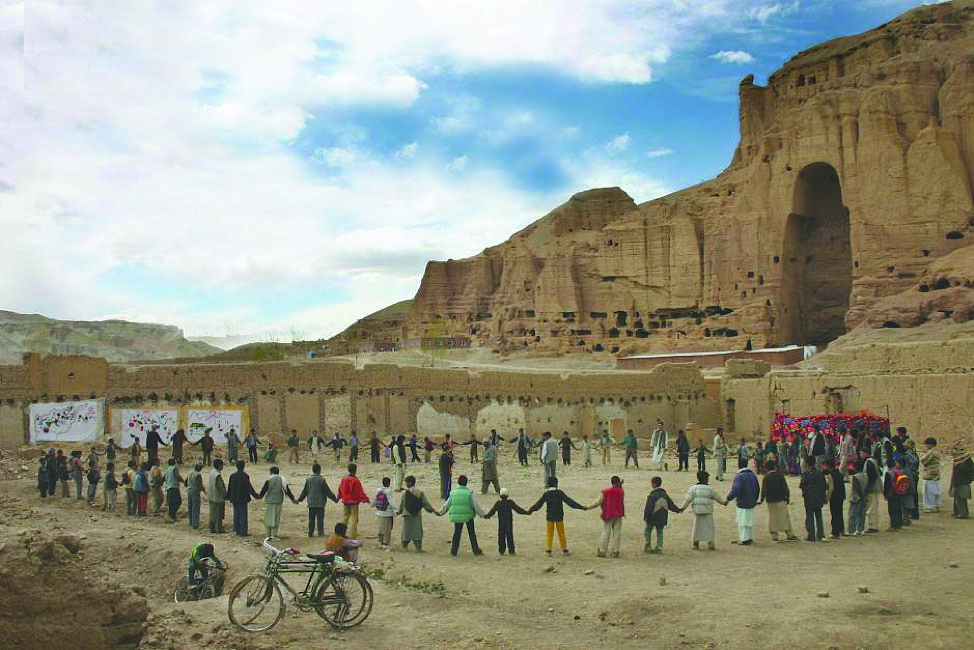
Mobile Mini Circus for Children, Bamiyan, Afghanistan (Photo credit: S. Bloom)
In FY19, GFDRR supported the preparation and launching of a joint World Bank–UNESCO position paper on Culture in City Reconstruction and Recovery (CURE), which reflects the shared commitment of these two organizations to place culture at the forefront of post-crisis resilient recovery processes.
Despite relevance and importance for local communities, culture and cultural heritage are sometimes seen as luxuries in the aftermath of disasters. Attention to these issues has usually focused on the reconstruction of architectural assets, but incorporating intangible cultural heritage—including traditional practices, skills, and knowledge transmitted across generations—is equally important to comprehensive, community-focused recovery.
The CURE Framework fosters the integration of people-centered and place-based approaches into sustainable urban policies, to help cities effectively address the impact of disasters and strengthen resilience in their communities. The key ideas state that (1) culture plays a key role in post-crisis reconstruction and recovery processes; (2) culture should be acknowledged as the foundation that integrates people-centered and place-based policies; and (3) effective city reconstruction and recovery programs require culture to be mainstreamed across the damage and needs assessment and scoping, and when setting policy and strategy, financing, and implementation phases.
“When there is a disaster or a trauma, people really need to hold on to their cultural landmarks, their symbols. Heritage is the glue that binds people together as a community.”
—Giovanni Boccardi, Chief of the Emergency Preparedness and Response Unit for the Culture Sector of UNESCO.
